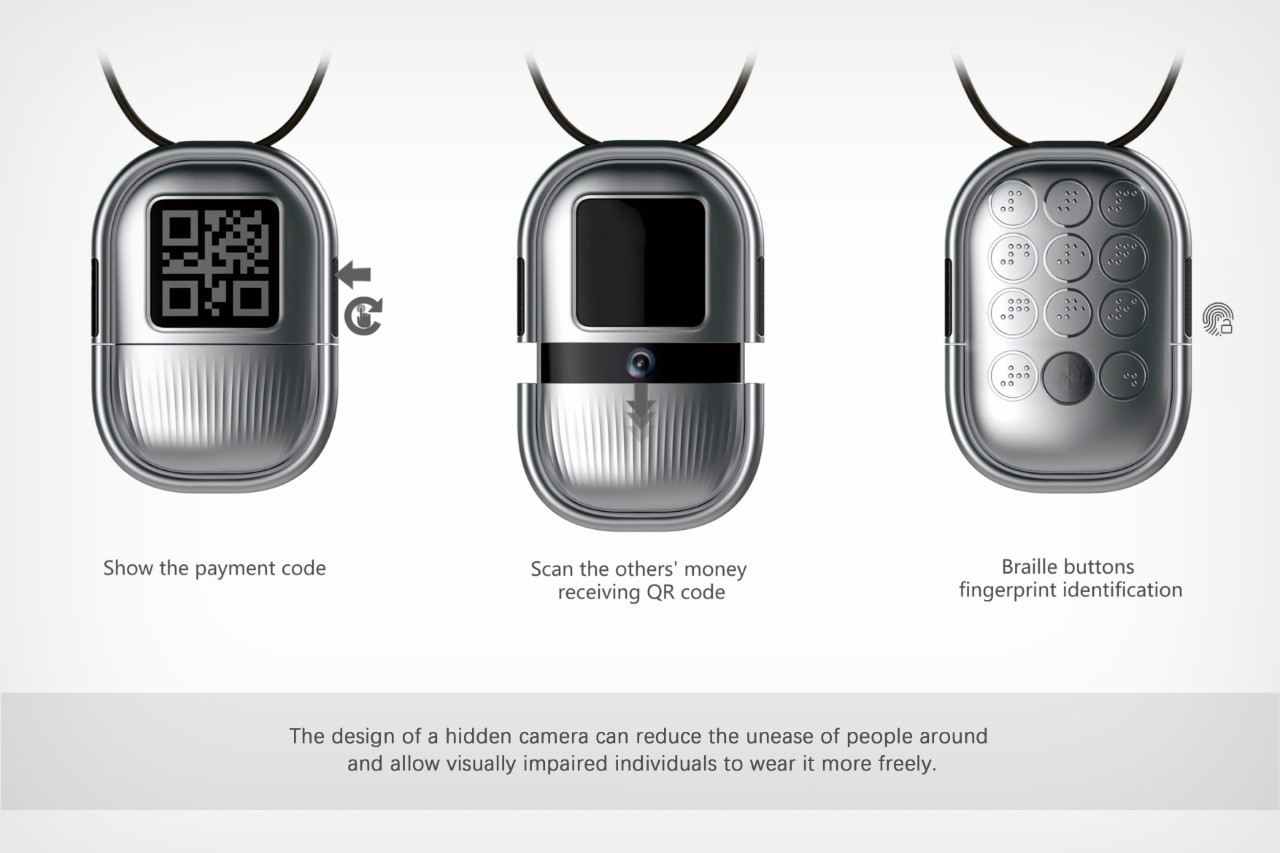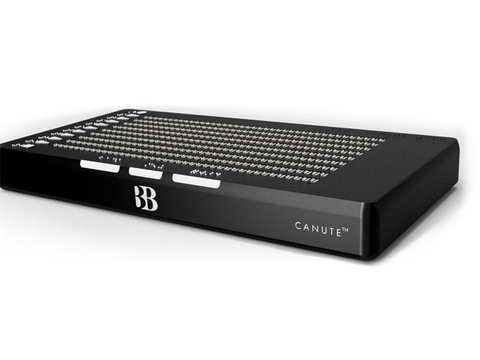Speech-to-Text Devices for Low Vision: Bridging the Communication Gap
Speech-to-Text Devices for Low Vision: Bridging the Communication Gap
Blog Article
Enhancing Lives With Advanced Assistive Devices for the Blind
The assimilation of advanced assistive gadgets for the blind is changing exactly how people experience their surroundings and connect with their neighborhoods. Developments such as augmented fact wise glasses and advanced electronic travel aids not only facilitate navigating however additionally improve overall lifestyle. These modern technologies cultivate a feeling of freedom and self-efficacy among individuals, allowing them to take on daily tasks with newly found confidence. The implications of these developments expand past mere functionality; they challenge societal perceptions of impairment and independence. What does this evolution mean for the future of assistive modern technology and its duty in equipping individuals?
Introduction of Assistive Instruments
Assistive gadgets for the blind include a diverse range of modern technologies and tools created to enhance self-reliance and enhance the quality of life for individuals with visual disabilities. These devices provide to different requirements, from navigation and wheelchair to communication and daily task management.
Among the key groups of assistive devices consists of mobility aids, such as white walking sticks and overview pets, which help individuals navigate their environments securely. Electronic traveling aids, geared up with sensing units and audio feedback, additionally play a significant duty in flexibility improvement.
Additionally, tools that assist with day-to-day living tasks, such as adaptive cooking area tools, Braille labels, and talking watches, equip individuals to carry out tasks separately. Interaction help, consisting of screen readers and Braille displays, promote access to details and allow individuals to engage effectively with the electronic globe.
In addition, low-tech remedies like multiplying glasses and large-print products continue to be crucial for numerous users. Collectively, these assistive devices serve not only as sensible devices yet additionally as important enablers of autonomy, cultivating greater engagement in a world that frequently focuses on sighted experiences. Their assimilation right into life is crucial for promoting inclusivity and improving overall health for those with visual problems.
Innovative Technologies in Use
Development in innovation has considerably transformed the landscape of tools offered for people with visual disabilities. Amongst the most significant advancements are wise glasses integrated with enhanced reality, which give real-time navigating help and things acknowledgment. These tools utilize progressed cams and expert system to deliver auditory signs, enhancing the customer's spatial recognition and autonomy.
Furthermore, mobile applications have become powerful resources, enabling customers to determine currency, checked out message out loud, and navigate strange atmospheres with verbal guidelines. Devices such as Braille displays and refreshable Braille tools remain to develop, providing smooth connectivity with computer systems and mobile phones, therefore improving interaction and accessibility to details.
Wearable innovation, consisting of smartwatches geared up with voice-activated attributes, further empowers customers by helping with quick access to notices and notifies without needing aesthetic involvement. Tactile maps and 3D printing are additionally acquiring grip, providing substantial representations of spaces that help in alignment and mobility training.
Collectively, these cutting-edge technologies not only improve the every day lives of visually damaged people but additionally foster greater independence, inclusivity, and engagement with the broader community, consequently reshaping understandings of ease of access. (Wearable technology for low vision)
Individual Stories of Empowerment
Empowerment commonly emerges from individual experiences that highlight the transformative impact of technology on individuals with aesthetic impairments. Take, for instance, the story of Sarah, a young musician that reclaimed her passion for paint via using a smart walking stick geared up with challenge discovery. This gadget not only facilitated her mobility yet instilled a Screen readers for the blind newfound self-confidence, permitting her to navigate public spaces independently and pursue her creative ventures.

These narratives highlight the extensive effects that progressed assistive devices can carry day-to-day life. By enabling people to get rid of barriers, modern technology promotes a feeling of autonomy and self-respect. Such empowerment stories act as a testimony to the capacity of advancement, illustrating how the right devices can considerably enhance top quality of life and open doors to brand-new possibilities for those with aesthetic disabilities.
Benefits of Advanced Solutions
The assimilation of sophisticated technology into assistive gadgets dramatically changes day-to-day experiences for those affected by vision loss. Screen readers for the blind. Tools such as wise walking sticks furnished with sensing units, navigating applications, and wearable innovation are created to give real-time responses, boosting spatial recognition and reducing the dangers linked with flexibility.
Moreover, advanced assistive modern technologies promote social incorporation by promoting communication and communication. Voice-activated tools and applications permit people to access info and involve with their surroundings separately, damaging barriers that formerly impeded their involvement in academic, specialist, and social settings.
Additionally, the customization and flexibility of these options accommodate the varied requirements of individuals, consequently enhancing their overall top quality of life. Improved capability, such as things recognition and text-to-speech abilities, equips people with aesthetic problems to do tasks that they might have as soon as found challenging. Inevitably, progressed assistive modern technologies not only enhance self-reliance and safety yet additionally promote self-respect and self-worth, enabling customers to lead satisfying lives.
Future Patterns in Assistive Technology
As technology remains to evolve, the landscape of assistive tools for the blind is poised for amazing developments that will further enhance access and independence. Emerging trends in assistive innovation suggest a change toward enhanced combination of expert system (AI) and artificial intelligence, making it possible for devices to adjust to individual customer requires in real-time. These innovations are anticipated to help with even more user-friendly navigating systems that can identify barriers and provide audio comments, dramatically enhancing outside mobility.
In addition, the growth of wearable technology, such as smart glasses geared up with increased fact, will certainly allow users to receive contextual info regarding their surroundings, thereby enhancing their spatial awareness. Moreover, innovations in haptic technology promise to develop responsive responses gadgets, allowing customers to regard info via touch, enhancing learning and communication with their setting.
Telecommunication breakthroughs are additionally leading the way for remote aid solutions, where experienced experts can supply support via video telephone calls, making certain assistance is readily obtainable. As these fads unravel, the future of assistive devices for the blind will unquestionably promote better freedom, equipping individuals to navigate their globe with self-confidence and convenience.

Verdict
The assimilation of advanced assistive tools for the blind represents a significant innovation in promoting freedom and enhancing lifestyle. By utilizing cutting-edge modern technologies, these devices encourage individuals to browse their settings with better self-confidence and freedom. As the field proceeds to evolve, ongoing research and growth will likely generate much more sophisticated services, even more changing the lived experiences of people with visual problems and promoting a higher feeling of incorporation within culture.
The combination of advanced assistive tools for the blind is transforming just how individuals experience their environments and connect with their communities. The combination of sophisticated technology into assistive devices significantly changes daily experiences for those influenced by vision loss.As innovation continues to evolve, the landscape of assistive tools for the blind is positioned for exceptional developments that will certainly additionally improve access and freedom. Emerging patterns in assistive technology suggest a change toward raised integration of synthetic knowledge (AI) and device knowing, enabling devices to adjust to individual customer requires in real-time.The combination of sophisticated assistive tools for the blind stands for a significant innovation in promoting self-reliance and boosting high quality of life.
Report this page